We welcome three cobras that have been confiscated by Seprona from an individual
hace 4 yearsThere are two forest cobras and a king cobra, considered the largest venomous snake in the world
The Terra Natura Benidorm herpetologist has travelled to Toledo to collect three cobras, a king cobra (Ophiophagus hannah) and two forest cobras (Naja melanoleuca), which had been seized by Seprona from an individual because he did not comply with the requirements for the possession of this type of animals, whose handling is also extremely dangerous due to the poison that they can inoculate to their victims.
We have recovered these three reptiles to offer them optimal facilities that guarantee their adequate state of well-being. Both species have a predominantly neurotoxic venom that is lethal to any animal and human. Specifically, the venom of the king cobra is considered one of the most dangerous because of the large amount of venom that it can inoculate in a single bite. This species is the largest venomous snake in the world.
The new terrarium where these snakes will live is located in the Asian area and is equipped with security mechanisms, such as containment areas, that allow keepers the safe handling of the animal when necessary. Other instruments like hooks, tweezers and anti-bite gloves are used in the handling process to reinforce security levels.
The terrarium also has safety glass, access through three different doors, a rain system to maintain humidity, fresh water sources and heat points for the thermoregulation of the snakes. At Terra Natura Benidorm we have a bank of antidotes for these species. The park insists on the importance of not having exotic animals as pets in homes because their well-being and safety cannot be guaranteed, both for animals and for people.
The king cobra which has been rescued is approximately three years old and measures about 2.20 metres long. The conservation status of this species is considered vulnerable by the IUCN and is included in Annex II of CITES. In the case of the forest cobras, they are around 20 years old and they measure 2 and 2.10 metres respectively.
Among the general characteristics of forest cobras, the small nail at the end of its tail stands out, which they use as if it were a scorpion’s sting, although it lacks venom and uses it only as a distraction because its venom is inside his mouth.
Surgical intervention
Our team of herpetologists and veterinarians have detected an abscess in the second third of its body in one of the recovered reptiles when performing a first veterinary examination to confirm the health of the three cobras. Thus, these experts will merge their knowledge to perform a surgical intervention on one of the forest cobras, a laborious process that will be necessary to safeguard and preserve the welfare of this animal.

